Domestic rodents: description, types and rules of keeping
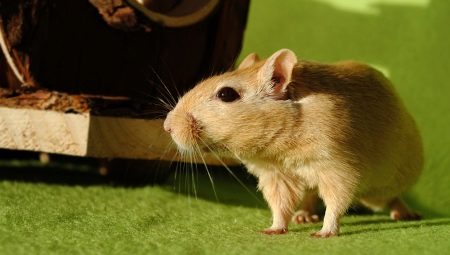
Almost everyone sooner or later dreams of a pet. And if not everyone can afford a cat or a dog due to the lack of time or free space in the apartment, then absolutely anyone can have a rodent. These animals are unpretentious in keeping, take up little space and are very friendly.
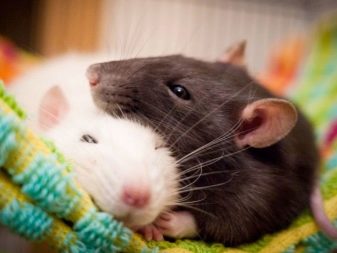

General characteristics
Rodents belong to the class of mammals and in nature can live in the most unexpected places. Some live underground without seeing sunlight, others are found in dry grass or trees. There are species adapted to living in water or even in the desert. Some rodents can be active only during the day or exclusively at night, or lead a mixed lifestyle. Some species of these animals go into deep hibernation.
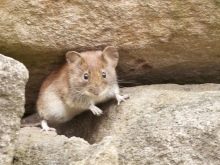
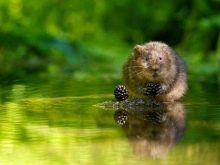
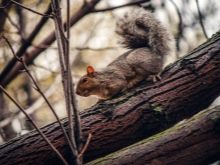
The animals received the name of their order due to the special structure of the jaws. Rodents do not have canines, but there are 2 pairs of incisors that have no roots and grow throughout their life. The teeth are very sharp, but only hard on the outside. This feature allows them to self-sharpen as they are constantly at work. The powerful muscular system allows animals to chew and gnaw food without contact between the incisors.
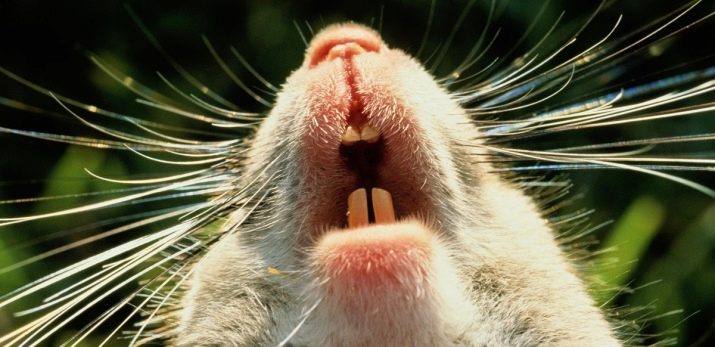
Representatives of the order of rodents can be of various sizes. The mouse, for example, has a body length of only 5 cm, and the capybara can grow up to 130 cm with a body weight of about 60 kg. Due to such a difference in weight, the structures of their bodies are also slightly different. Animals have a varied coat: in some it is thick and short, in others it is sparse, in the form of bristles or needles.The color can be monochromatic or several shades.
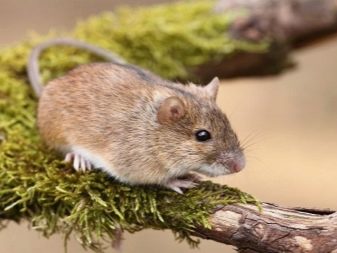

In nature, these animals are almost omnivorous, but they prefer various seeds, fruits, roots and even small invertebrates. Water is essential for the life process of rodents. However, some species, accustomed to dry climates, have learned to be content with liquid from food.
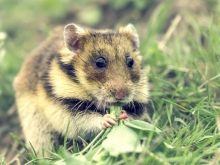


These small animals are very fertile. Some species are ready to breed at the age of 3 months. They are able to acquire offspring up to 14 times a year, in the litter of individual varieties there can be up to 22 cubs. Reproduction of tamed rodents can and should be controlled.
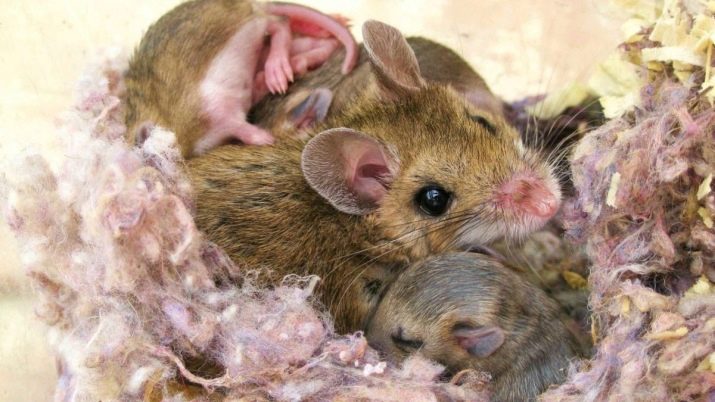
As pets, they are very clean, easy to keep and transport. Over time, large individuals can execute simple commands and respond to their nickname. The lifespan of rodents ranges from 1.5 years for small animals to 7 years for larger animals.
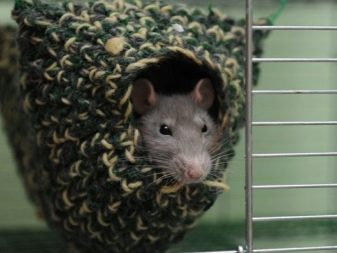
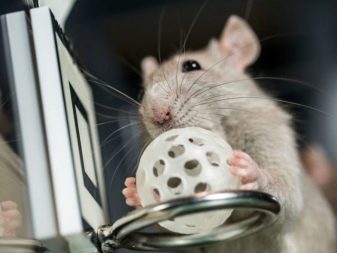
Varieties
To choose a pet for yourself, you need to study in detail the information about each species of rodents and their representatives. The animals are small, large or medium in size. By comparing your capabilities with the needs of the animal, you can make a choice. For a happy existence, a pet needs food, water, a comfortable place to live and the attention of the owner, but each species has its own characteristics and preferences. They must be taken into account. The complete list includes many varieties.
- Mouse. The little white decorative mouse is a direct relative of the field mouse - a malicious pest that spoils food and gnaws everything that comes its way. This option is suitable for home keeping, if there is no extra free space, and you really want to have a pet.
But it should be remembered that no matter how carefully you take care of your pet, you will not be able to get rid of the characteristic smell.
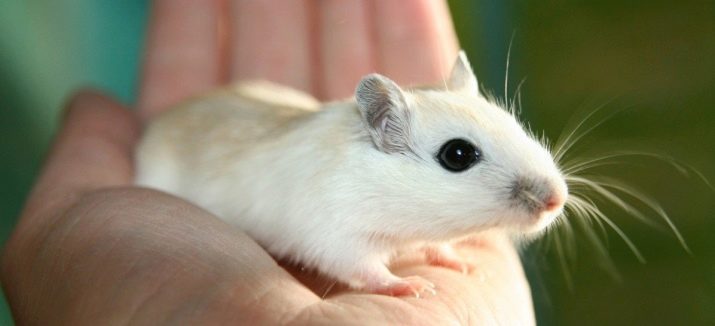
- Rat. For many, the name of this animal causes only disgust and disgust. However, it is worth knowing that these are smart, quick-witted and easily trainable animals. With some effort, you can teach your pet simple tricks and commands. The decorative rat easily makes contact with the owner and does not like to be alone.
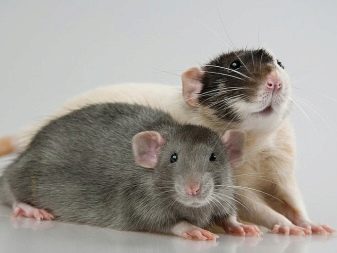
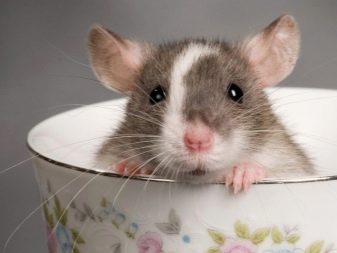
- Hamster. A small funny animal with an active nightlife. A hamster can be very wayward, but with gentle handling and the right approach, it will quickly become tame and obedient. He likes to live alone. If you have acquired a couple of animals, then be prepared for periodic fights for territory.
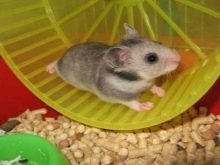
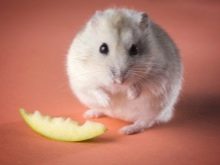
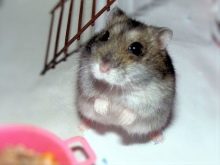
- The guinea pig. This is a good-natured, affectionate and gentle rodent. Long-haired animals are especially attractive and with multi-colored shades, as it were, of fur. Having a relatively large size, it is a vulnerable and fearful creature. Therefore, it is necessary to protect the pet from stressful situations without disturbing the usual way of life. A guinea pig needs company for a comfortable stay.
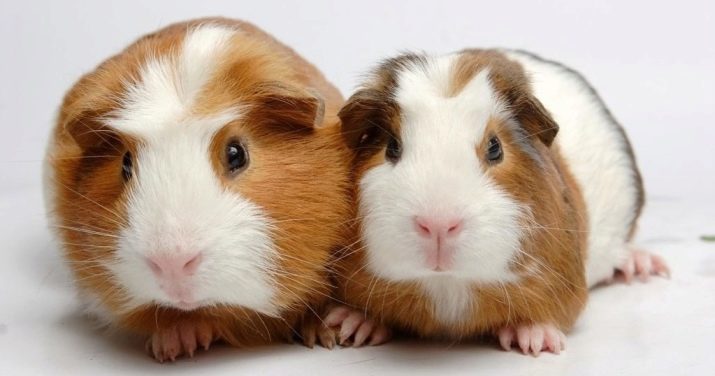
- Squirrel. Another name for the animal is veksha. A fast and very nimble animal with a long fluffy tail and black shiny eyes. He quickly makes contact and gets used to the owner. So that the squirrel does not get bored in captivity, it is necessary to provide it with spacious living conditions. You should also consider the fact that she changes her coat for the season. With proper care and nutrition, it can delight its owner for up to 15 years.
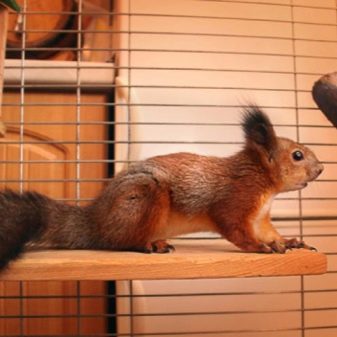
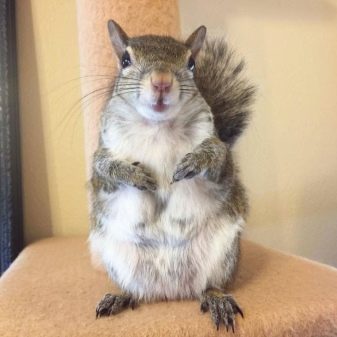
- Degu. A small exotic rodent native to South America. It has a gray coat with a yellow or brown shade and a long tail with a nice tassel at the end. It is unpretentious in the content, however, for a comfortable well-being, he simply needs all sorts of houses, minks, labyrinths. An important factor for degu health is the presence of a fine sand bath in the cage.
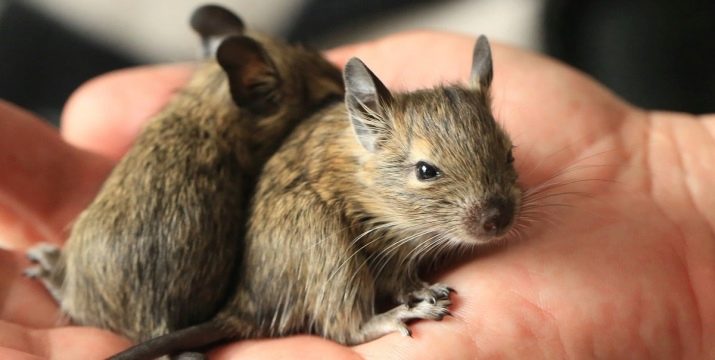
- Chipmunk. A small animal with a fluffy tail and alternating dark and light stripes on the back is undemanding to food and interior design.These animals feel great in captivity, but they prefer to live alone. When keeping several rodents, you will need a separate cage for each. Chipmunks are very clean and always relieve themselves in the same place.
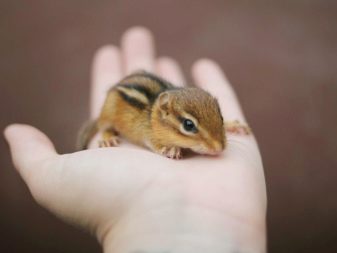
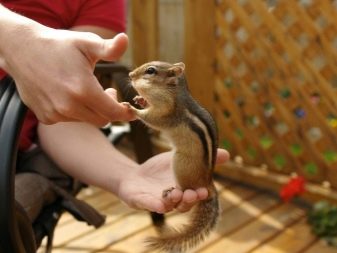
- Sonya. This rodent is a cross between a mouse and a squirrel. She will love the spacious containment area, which is equipped with a variety of interesting gadgets. Despite its name, the animal is very mobile and active. Quickly gets used to the owner and makes contact. The diet is based on fruits and vegetables.
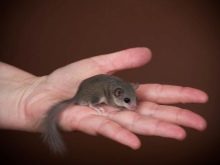

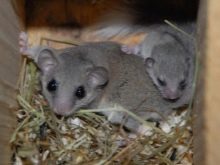
- Gerbil. This cute sand-colored animal will undoubtedly become a family favorite. Now breeds have been bred with other shades of wool, even black. The animal is curious and friendly, constantly gnawing or digging something. She loves to scatter food around the cage, carry her toys and small objects from place to place. If you are not afraid of unnecessary noise and cleaning, then feel free to start this rodent.
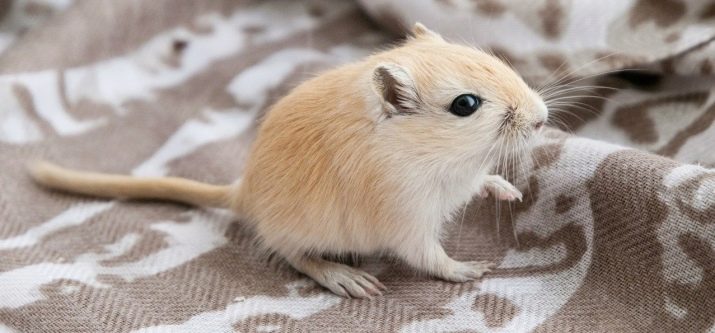
- Jerboa... The small mouse-like rodent at first glance causes the location with its bizarre appearance. The first thing that catches your eye is the big ears and just a huge, in comparison with a small body, a beautiful tail with a tassel. The hind legs of the animal are much longer than the front ones, so the jerboa moves by jumping. Domestic jerboas are affectionate, harmless and tame.
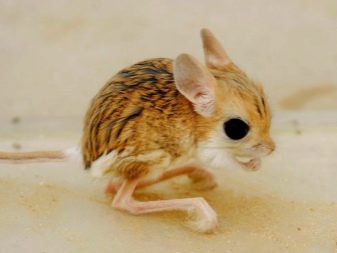
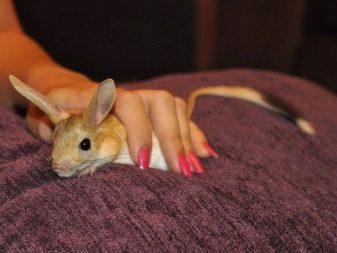
- Chinchilla. The animal is quite large, in length it can reach 50 cm, of which a third is the tail. A distinctive feature of the chinchilla is its soft, pleasant to the touch gray fur. The animal is shy and cautious, it is nocturnal. The cage should be equipped with special shelves so that the animal can jump on them. For swimming, you will definitely need volcanic dust or fine sand.


- Rabbit. A decorative domestic rabbit, depending on the breed, can be absolutely any color and color. This is a very sociable and cute creature that requires attention and care. The rabbit can be walked in nature, for this it is enough to buy a special leash. The animal feels great in the cage, it is easy to get accustomed to the tray.
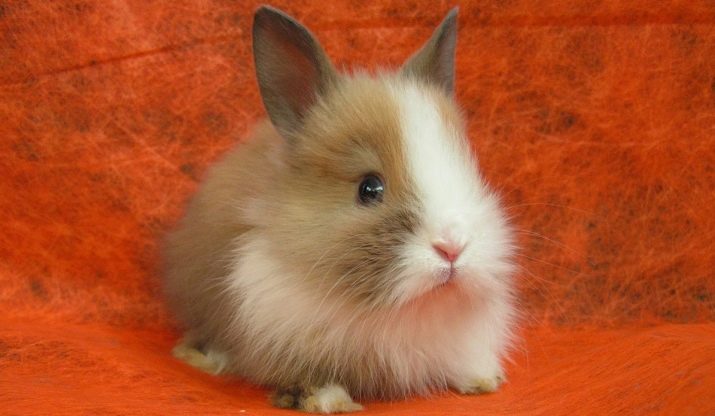
- Marmot. An active and inquisitive large rodent. Quickly makes contact and is trainable. From food, the animal prefers fruits and vegetables, sometimes you can diversify the diet with cereals. The marmot cage should be closed with several locks, preferably of different designs, since a quick-witted animal can easily cope with a simple bolt.
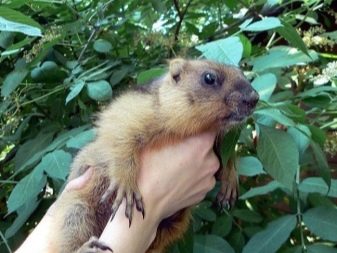
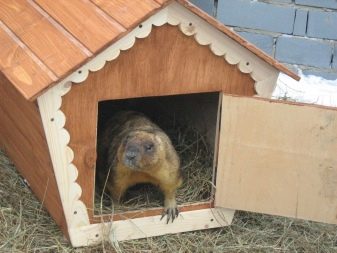
- Nutria... Nutria is bred for industrial purposes on specialized farms or in private households. But this large rodent is also suitable for home keeping. For proper care, animals need to be provided with daily water treatments and a spacious cage. They are unpretentious in nutrition, they have a stable immunity to diseases. An adult weighs about 10 kg. Nutria has a lifespan of about 7 years.
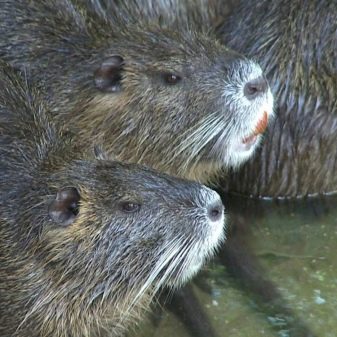
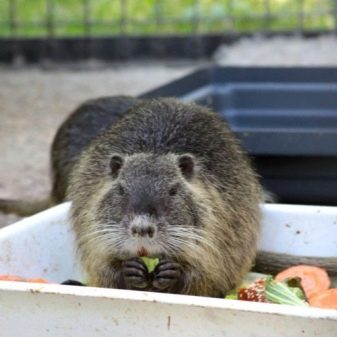
Selection Tips
Pets are most often given to children. Taking care of an animal helps to develop a child's responsibility for their actions, attention and conscientiousness. It is the rodents that are very popular due to their compactness, unpretentiousness, and ease of maintenance.
To decide which animal is better to have at home, you need to study in detail the features of the behavior and lifestyle of the animal you like. Then compare this with your capabilities and distribute the care responsibilities among household members.
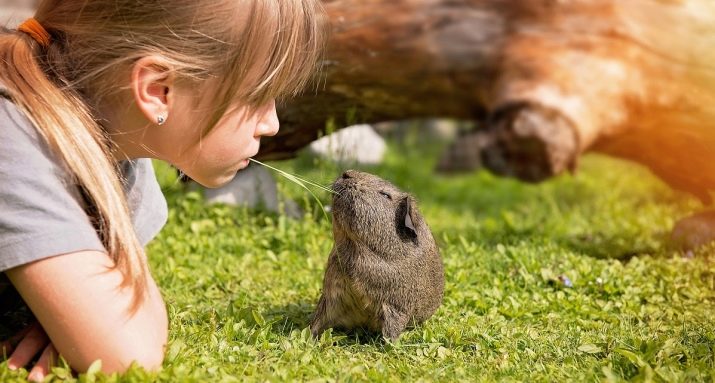
Communication with your pet will be a joy if you adhere to several rules before purchasing:
- If you are purchasing not an adult, but a baby rodent, make sure that it is more than a month old.
- Having decided on the type and breed of the animal, buy a cage that will match it.
- Learn about your pet's diet and lifestyle.
- Keep in mind that even with the most careful care, it will not do without foreign odors.
- Remember that you deliberately made your choice, so try to get the most out of your pet.
- Domestic rodents are mostly neat, tidy animals, but do not forget that it is not for nothing that they got this name. If the animal is outside the cage, you need to constantly keep it in sight, otherwise shoes, curtains, food or furniture may suffer from its teeth.
- It should be remembered about the nocturnal lifestyle of these animals. With active actions in the dark, the rodent can make characteristic sounds, squeak, gnaw something or rustle the bedding.
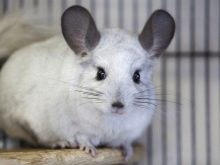
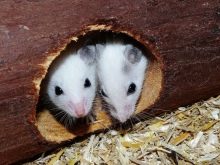
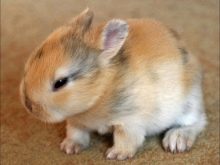
Necessary accessories
For the animal to have something to do in the cage, you need to purchase additional accessories designed specifically for rodents. When buying a certain toy, it is necessary to take into account the habits of the animal and its temperament. All these items are divided into 3 subgroups according to their purpose.
- Attributes for health and comfort. These include sleeping houses, drinkers, feeders, hammocks, carriers, trays or toilets, sand baths. It is advisable to buy these things in specialized pet stores in order to be sure of their quality and safety for pets.
- Devices that satisfy physical activity. They contribute to the correct development of muscles, providing the necessary load. This includes swings, floors, tunnels, walking balls, wheels, mazes. If you have free time, then some items can be made with your own hands.
- Toys for fun and entertainment. It can be absolutely any item that your pet likes. One animal may like a small wooden figurine or a small stuffed toy, while another will like a bright bottle cap. You can decorate the cage with colorful hardware purchased from the store.
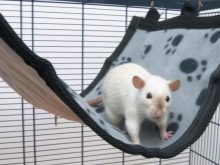
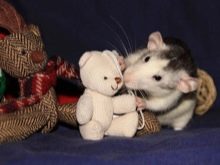
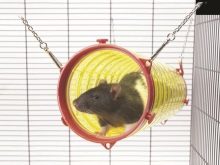
Almost all animals can be trained to relieve themselves in a specific place or corner. There are special corner trays for this purpose. They do not take up much space, fit well into the interior of the cage, and are easy to clean. Modern fillers that absorb odor prevent the spread of specific aromas.
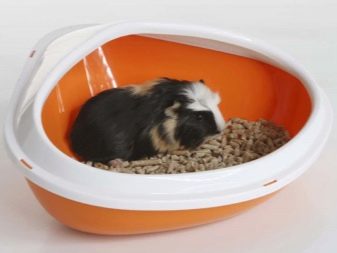
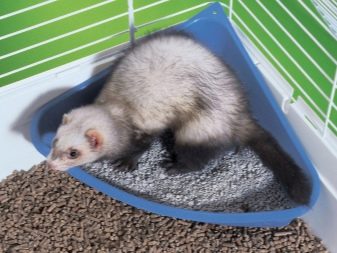
At home, rodents do not have the ability to grind constantly growing teeth naturally. To meet this need, you need a mineral stone. It can be purchased at any veterinary pharmacy. It can be square, round or decorative.



If the pet loves to try everything to the teeth, and the turn has already come to the rods of the cage, then sooner or later he will break free. It is impossible to wean an animal from gnawing objects, it is inherent in nature.
To protect your pet from external dangers, you need to move it to a terrarium.
Special terrariums for rodents can be purchased already fully equipped or filled as you wish.
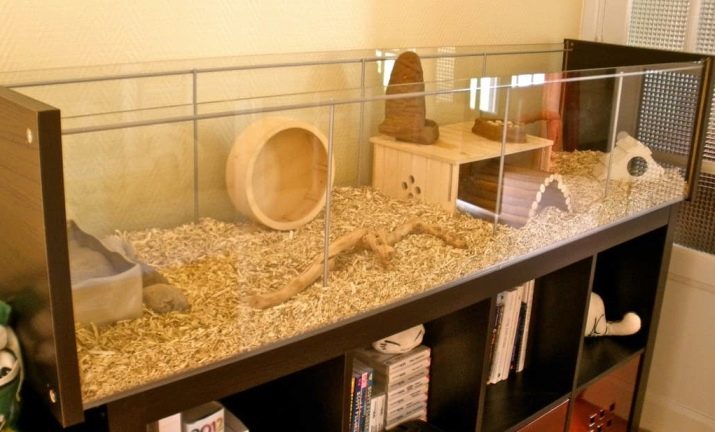
When caring for chinchillas, gerbils and degus, you need to take care of special baths.
This is a ceramic container into which fine sand or volcanic dust is poured. A couple of times a week, the animal must take such a procedure. Tumbling and frolicking in the sand, the animal cleans its luxurious fur from dirt.
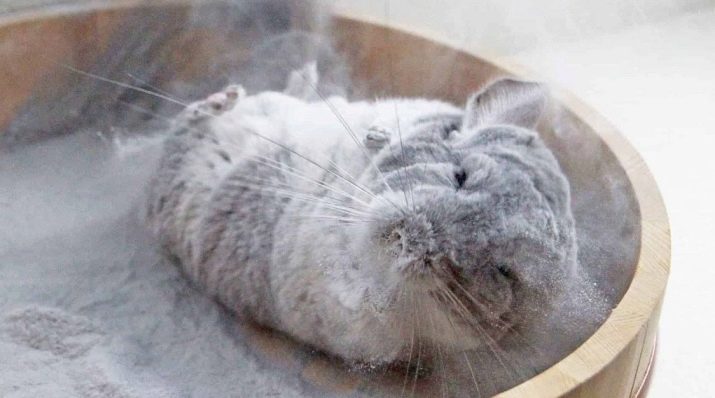
A fairly new invention for rodents is the walking ball. By placing your pet inside, you can be sure of its safety. The balloon will provide the animal with useful physical activity; in warm and dry weather, it can be used even outdoors. The main thing is to remove the animal from the device in time to avoid overheating or unnecessary stress.... The task of additional devices is to give the rodent maximum benefit and pleasure, and he, in turn, will provide a charge of positive emotions to its owner.
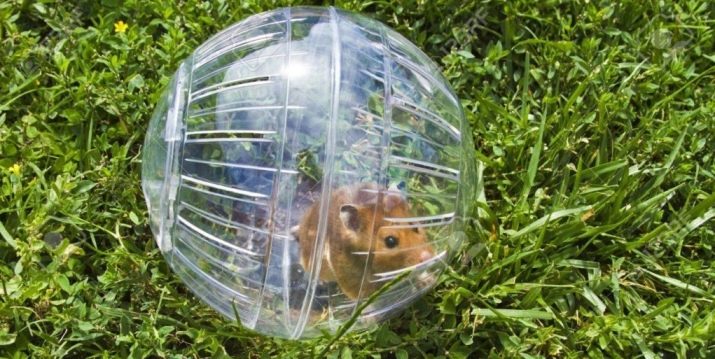
Features of the content
Pet food is selected individually. Typically, the diet includes feed for a specific rodent species and hay. You can diversify it with seasonal fruits and vegetables.It is recommended to periodically supplement the menu of medium thickness with branches of willow, acacia, and linden.
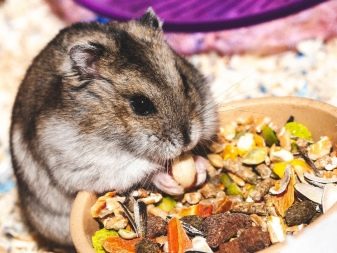

Rodents should be protected from high air humidity, direct sunlight and drafts. They, like any other animals, are susceptible to various diseases. To prevent them, timely vaccination is required. Antiparasitic prophylaxis is carried out before it. These animals, especially rats, are prone to the development of tumor neoplasms.
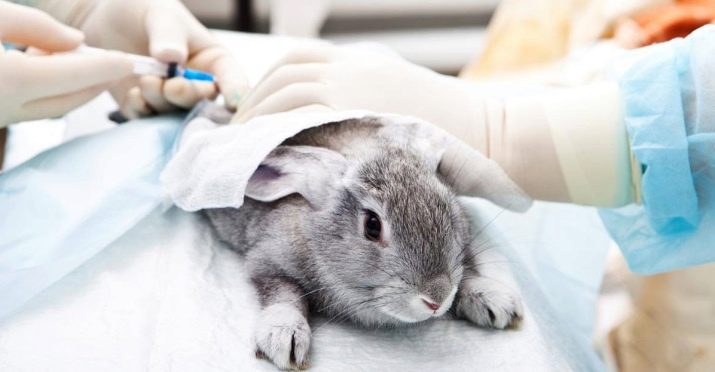
Given that rodents are very fertile, sterilization of the animal is recommended in order to control their livestock. The procedure is indicated at the age of 4-6 months, when the genitals are already formed. This surgery is done in a veterinary clinic, but now there is a service when a doctor visits the house and performs sterilization. In this case, the animal receives less stress and recovers faster.
After surgery, the animal will need special care for some time. This includes keeping the litter clean and dry, treating the seams, and closely monitoring your pet's behavior.
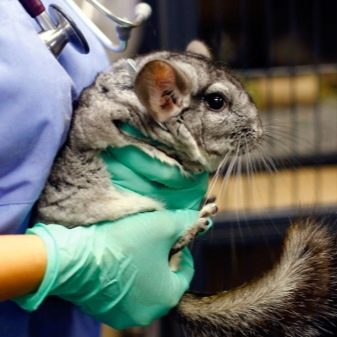
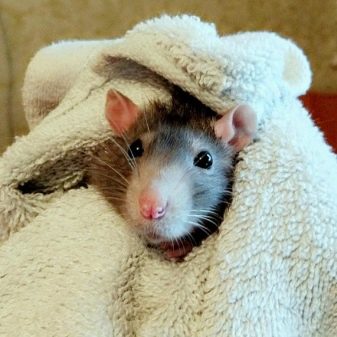
After a short time, you will notice a change.
- The animal will become less aggressive.
- He will stop marking territory. Sterilized animals practically do not smell.
- The pet will turn into a calm, gentle and kind creature, retaining its instincts, playfulness and curiosity.
Their behavior and life span depend on the conditions in which rodents live. If you adhere to all the rules for caring for them, then these pets will give you joy and love throughout their lives, without causing much trouble.
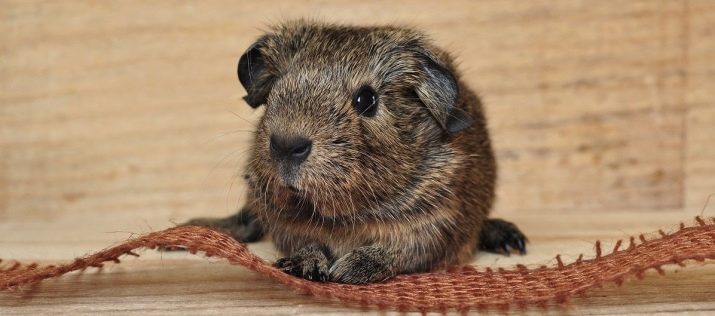
Interesting Facts
The rodent world has its own unique individuals and champions. Their abilities and skills are sometimes simply amazing. For example, a pair of rats in favorable conditions can breed up to 15 thousand individuals per year. Despite the short lifespan of rodents, there are also centenarians among them. The Malay porcupine is listed in the Guinness Book of Records as the longest-living rodent. His life expectancy was 27 years and 4 months.
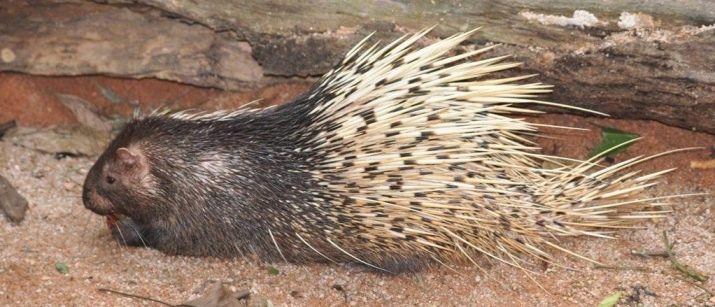
Scientists managed to find an ancient rodent that lived in South America about 4 million years ago. Its weight could be 1 ton. Now the most impressive size is the capybara. The weight of an adult reaches 65 kg.
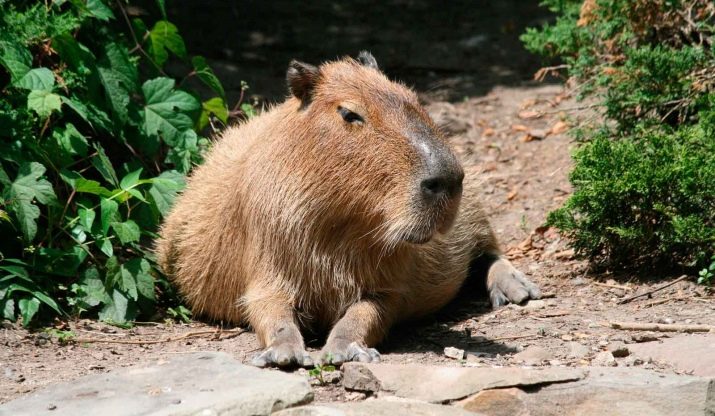
Rats are very intelligent and quick-witted animals, capable of anticipating events and drawing conclusions. It is for these reasons that rodents leave ships shortly before the crash, migrate in whole settlements from test sites before testing weapons. Vietnam has a law that prohibits keeping hamsters at home. If it is violated, the owner of the rodent faces an impressive fine: in the equivalent of about 57 thousand rubles.

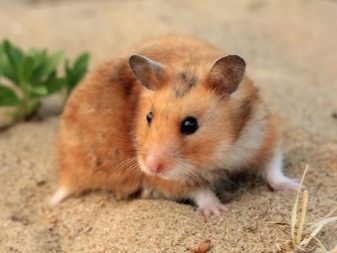
If you still have not decided what kind of rodent to get, we advise you to watch the following video.








